#world of: alchemy
Explore tagged Tumblr posts
Text

Center
20x10”, acrylic on canvas
instagram : audrey.aember
#audreyember#traditional painting#acrylic painting#fantasy world#audreyemberdoyle#fantasy art#dreamworld#dreamcore#golden hour#pleinair#tarot reading#tarot cards#alchemy
470 notes
·
View notes
Text


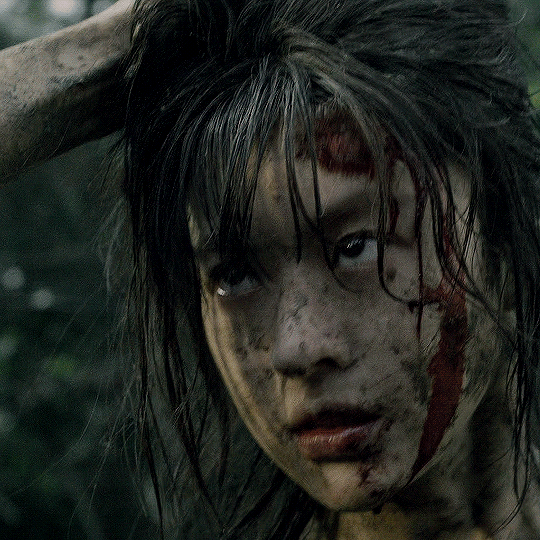




Happy 29th Birthday, Go Youn Jung 💖 April 22, 1996
#go youn jung#go yoon jung#userdramas#kdramaedit#kdramagifs#kdrama#kdramadaily#tvcentric#cinemapix#resident playbook#death's game#moving kdrama#alchemy of souls#sweet home#mufaloedit#my kdrama it girl#it's still 22th in my place so i've cheated a little bit#blood tw#love love love her for almost 5 years already#the only actress who can pull me back into kdrama world#dramas in order: resident playbook | death's game | moving | alchemy of souls s2 | law school | sweet home | he's psychometric#my girl is either the cutest thing ever or the bloody goddess no in between
260 notes
·
View notes
Text
their dynamic to me is just the basement yard podcast in its entirety but. in a gay way
#the words ‘i’m not asking you for the species’ in regards to potatoes is the funniest thing in the world to me#full metal alchemist#full metal alchemis brotherhood#fmab#edward elric#ling yao#edling#edit: i Know ed’s a farm boy and wld probably be the one to know more abt ?? potatoes or whatever but this was js a joke abt how insane ling#is abt food 😭
1K notes
·
View notes
Text
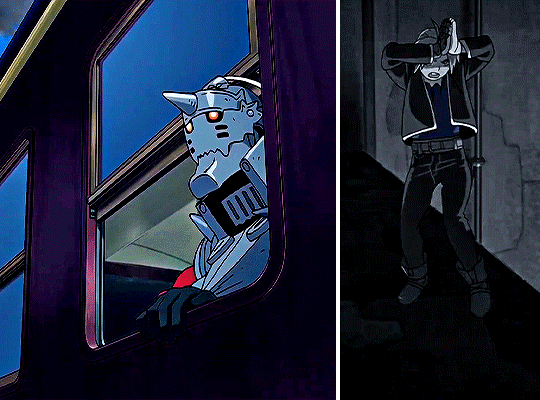
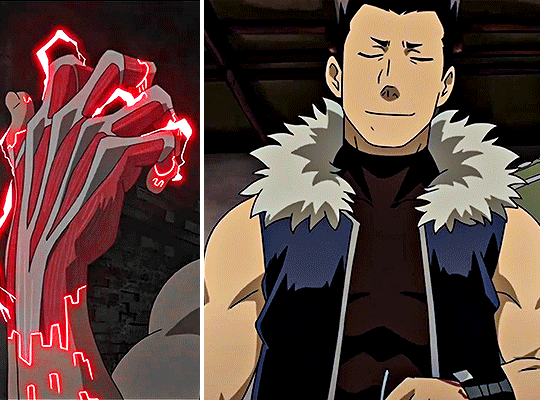

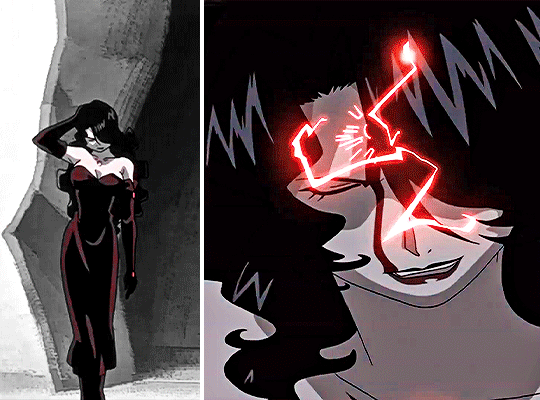
@animangacreators fantasy genre
↳ interesting world set-up - full metal alchemist: brotherhood
#me: wow this world set up is so cool#also me: only gifs the hot characters#full metal alchemis brotherhood#fmabedit#fma brotherhood#fantasy genre challenge#usermica#usernikiforova#tuseroa#userdabiluna#usertorichi#userinahochi#shounenedit#fantasyedit#fantasysource#fyeahanimegifs#fyeahanimanga#icybtchgifs#animangahive
268 notes
·
View notes
Text

She SEA - Self portrait ( water series) by Octavia Dingss
#octaviadingss#art#beauty#octaviagallery#aesthetically pleasing#photography#soul art#energy art#visual arts#sacred art#octavia#alchemy of souls#new world order#octavia dingss news#news#fine art#artwork#humble#artists on tumblr#fandom ships#octavia dingss google#celebrities#comedia romántica#comedy#spirituality#spiritual awakening#octaviadingss fans#style inspiration#inspiration#im going insane
36 notes
·
View notes
Text
This week's #RainsfordDay book is an essay that focuses on the history and religion of the Sabaeans and the Druzes, with discussion of many other world religions and cultures such as those in India, Scandinavia, and Egypt. It was copied by Charles Rainsford in 1796. Rainsford was an 18th century British army officer, fellow of the Royal Society, and alchemist, who collected (and copied) books about his interests. (UPenn Ms. Codex 1697)
🔗:
#manuscript#18th century#religion#history of religion#world religions#alchemy#book history#rare books#england#english#charles rainsford#rainsford day
34 notes
·
View notes
Text
My favourite character type: Metaphorically Tortured and Literally Covered in Blood


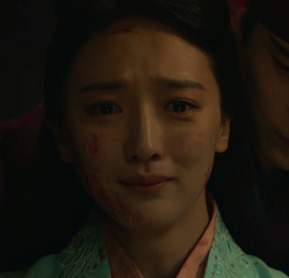

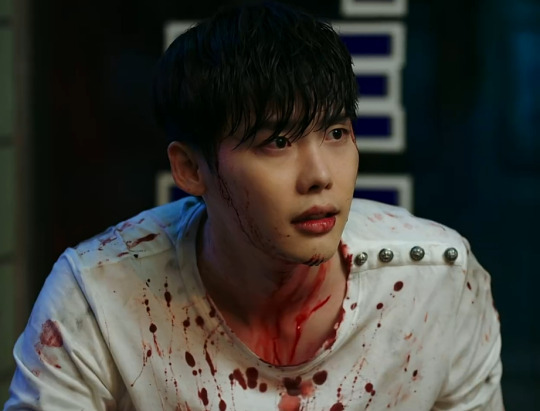
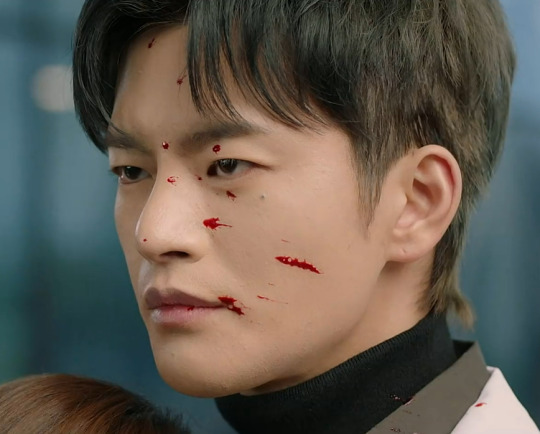



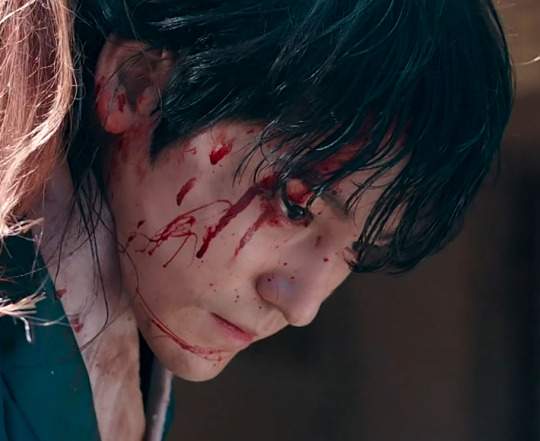
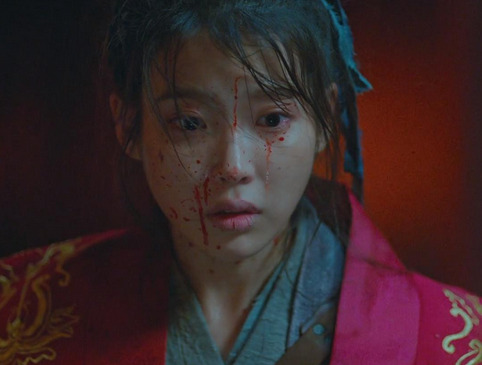

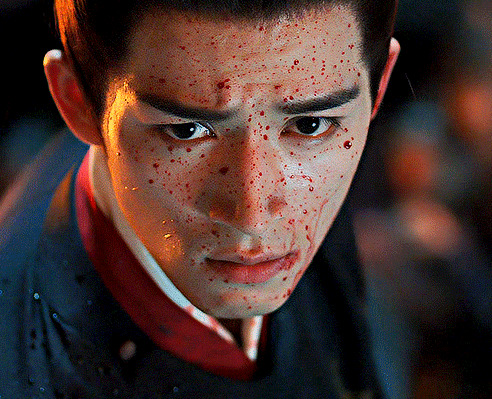
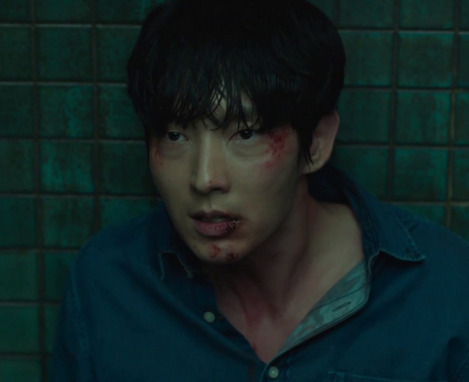
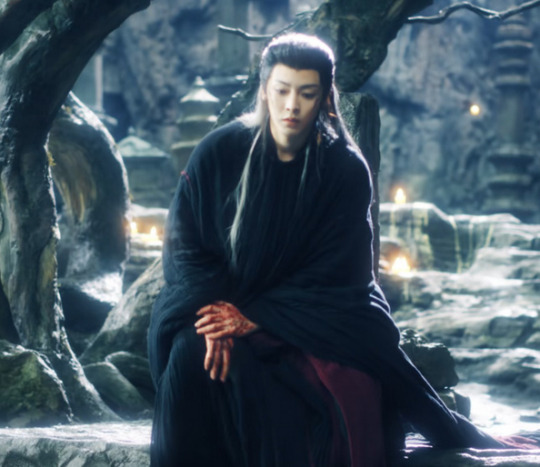
Jang Uk from Alchemy of Souls counts, even though I don't think he's ever simultaneously tortured and covered in blood, but that is only because that series doesn't use a lot of blood. Dude was mentally tortured and literally killed 86 people in one go, there should be blood.
In order: Jang Uk & Naksu/Mu-deok/Cho Yeong Alchemy of Souls, Han Ri-ta & Kim Do-ha Moon in the Day, Kang Cheol W: Two Worlds, Myul Mang/Kim Sa-ram Doom at Your Service, Lee Chang & Seo-bi Kingdom, Lee In Captivating the King, Lee Rang Tale of the Nine Tailed/1938, Jang Man-wol Hotel Del Luna, Moo-yeon/Yoon Seok-ha 100 Days My Prince, Duke Su The Double, Do Hyun-soo Flower of Evil, Zhu Yan Fangs of Fortune
Each time I asked myself, "Are they actually covered in blood or did they just get a little on them? Are they sufficiently tortured or do they only have minor mental turmoil?" These are very strict, scientific criteria.
#tw: blood#alchemy of souls#moon in the day#w two worlds#kingdom kdrama#doom at your service#captivating the king#tale of the nine tailed#hotel del luna#100 day my prince#like the king in The Forbidden Marriage is tortured but not covered in blood#the Happiness characters aren't tortured even if they have blood on them#you need both or it doesn't count#Also I left out characters from shows that I hated#which includes Destined with You and My Demon#but also the My Demon guy might be covered in blood but he's not tortured enough#flower of evil#the double#fangs of fortune
198 notes
·
View notes
Text

Lion animal vs lion-transmuted human anatomical differences
#Oc#Furry#Oc: nilachek#Lampriformity#Oc credit goes to my wife lampriformity!#anthro#Lion#lion girl#The reason her ears are pointier than the lion usually would be is bcs her grandma was a jp wildcat with pointy ears#In this worldbuilding humans long ago started using alchemy go transmutate their traits. Being a furry is often a status symbol for nobles#Bcs the resources required to transmutate your genes and family lineage are more avaiable to the rich than the poor and have often turned#Into people turning their royal lineage into physically embodying their Family Animal. Its a status thing#That being said lion woman above is originally from another corner of the world than europe where she lives in currently#But in her home country its used as a status symbol too
33 notes
·
View notes
Text
Chaos Theory Brooklynn is so TTPD coded
Like- Who's afraid of Little Old Me? Fortnight? I can do it with a broken heart? Cassandra?
There's not a single song in that album that I can't relate Brooklynn to
#You'd think Taylor specifically wrote the album for her#guilty as sin but with dinostar#down bad with kenlynn/dinostar#i can fix him (no really i can) with lab partners#THE ALCHEMY WITH DINOSTAR#perhaps even the smallest man who ever lived#hear me out#brooklynn jwct#taylor swift#ttpd#jwct#jurassic world chaos theory
26 notes
·
View notes
Text





youtube


Teddy Ruxpin (1984) by Ken Forsse, Alchemy, distributed by Worlds of Wonder (WoW). Teddy Ruxpin was launched in 1985 by toy manufacturer Worlds of Wonder, becoming one of the best-selling toys of 1985/86. Ken Forsse was an Imagineer who helped design many of Disneyland's animatronic attractions. Forsse and his team at Alchemy managed to adapt theme-park technology to create the world's first animated talking toy. Alchemy was founded in 1980 by Ken Forsse, and Teddy Ruxpin became the launch product for Worlds of Wonder (WoW), founded in 1985 by former Atari sales president Don Kingsborough, and former Atari employee Mark Robert Goldberg.
Teddy's mouth and eyes move while it tells stories from a built-in audio tape cassette deck. Conventional cassette tapes carry two audio tracks for stereo sound reproduction. Teddy Ruxpin's cassettes use the left track for audio, while the right data-track controls the three servo motors: 1 for the eyes, 1 for the upper mouth and one for the lower jaw. The original Teddy Ruxpin uses Pulse Position Modulation (PPM), where the pulse position in time is proportional to the amplitude of the control signal.
"Seeing something that I had created become as successful as Teddy Ruxpin was incredible. There is a long list of wonderful memories: watching so many talented people at Alchemy working on and adding to my creation; realizing that companies in Silicon Valley, Canada and many Asian countries were building a toy I had designed; witnessing the birth of a new toy category, (Electronic Plush); watching television commercials and segments on news broadcasts describing Teddy Ruxpin. The most humbling experience was reading the many letters describing the reaction of children in all parts of the country to Teddy Ruxpin. There was a letter about a child who lapsed in and out of a coma and could only be awakened when Teddy Ruxpin sang to her." – Interview with Teddy Ruxpin Creator Ken Forsse, Teddy Ruxpin Online.
47 notes
·
View notes
Text
we won’t see peace in the world until we master the peace within
the way to release the violence, hatred, injustice in our society is to look within first and become aware of all the ways we still engage in violence, hatred, injustice towards our own selves, our loved ones and community then ask what purpose is it serving, what need is it fulfilling, what these parts of me are trying to tell me
we’re more powerful than we realize and our inner work and day to day actions have an incredible ripple effect contributing to the healing of the whole collective 🫶🏼
#love you#love#divine love#self healing#collective healing#god#new earth#peace#unity#universe#source#lightworkers#mine#spirituality#spirit#purpose#mindfulness#inner peace#alchemy#mindset#world peace
41 notes
·
View notes
Text
Druidic Medicine & Kaldorei Alchemy
The practice of alchemy within Kaldorei culture and druidism is deeply intertwined with their reverence for nature and the interconnectedness of all living things.
Unlike the more mechanical and formulaic alchemy found in other societies, kaldorei alchemical traditions emphasize a holistic and spiritual approach. Practitioners seek to harness the innate magical properties of flora and fauna native to their ancient forests. Through a combination of ritual, druidic incantation, and a deep understanding of the natural world, night elf alchemists concoct elixirs, salves, and potions with effects that transcend mere alchemical reactions.
Their brews may imbue the imbiber with heightened senses, dreamlike visions, or a temporary attunement to the living essence of the forest itself. Gathering ingredients is as much a meditative act as a practical one, with proper respect paid to the spirits of the plants and creatures whose components are used. At its core, the goal of kaldorei alchemy is not the domination of nature, but rather a synergistic and reverential relationship with the primal forces that shape the world.

The Ancient Origins of Elven Alchemy
The origins of elven alchemy can be traced back to the ancient Highborne civilization that emerged around the mystical Well of Eternity. The Highborne, an elite caste of night elves, were deeply attuned to the arcane energies emanating from the Well. Fascinated by its power, they began to study and experiment with the Well's waters, seeking to unlock the secrets of its magic. Through centuries of meticulous research and trial and error, the Highborne developed the art and science of alchemy - the transmutation of matter through arcane means. By harnessing the Well's energy in their concoctions and elixirs, they discovered they could imbue substances with wondrous properties, from enhancing physical abilities to curing ailments to extending the lifespan. The Highborne alchemists perfected their craft in the opulent halls and gardens of their capital city Zin-Azshari, where the greatest minds gathered to push the boundaries of what was possible. Their innovations ranged from potent mana potions to transmuted living creatures to the creation of powerful arcane crystals. Yet as their mastery grew, so too did their hubris, as some began to pursue more reckless and dangerous experiments in their unquenchable thirst for knowledge and power.
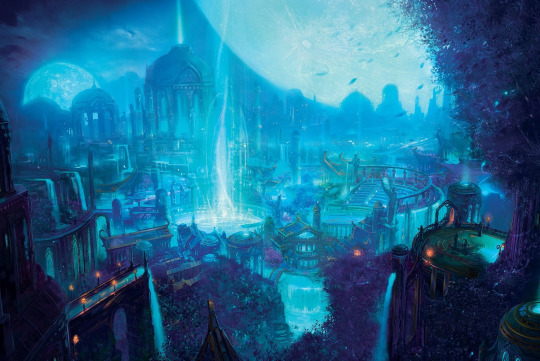
Kaldorei Contributions to Alchemy
The kaldorei, also known as night elves, have a rich history of druidic practices that continue to influence the field of alchemy to this day. One notable example is the use of moonwells, sacred pools infused with the waters of the Well of Eternity and blessed by Elune. The waters from these moonwells are believed to have potent restorative and nourishing properties. Modern alchemists have studied the composition and effects of these waters, leading to breakthroughs in elixirs and potions that promote healing and rejuvenation.
Another significant kaldorei practice is the cultivation and use of enchanted herbs and plants. These botanicals, grown and harvested according to ancient druidic traditions, are prized ingredients in many alchemical preparations due to their magical properties. The kaldorei's deep connection to nature and their understanding of the balance between all living things has also inspired alchemists to explore more holistic and sustainable approaches in their craft, emphasizing harmony with the natural world.
Furthermore, the druidic art of shapeshifting has led to research into transformation potions and transmutation processes, opening up new avenues for alchemical experimentation and discovery.
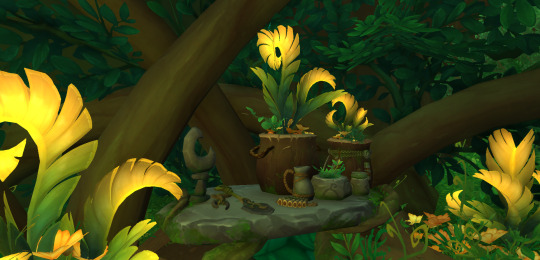
The Future of Kaldorei Alchemy
The founding of Bel'ameth ushered in a new era of alchemical innovation among the Kaldorei people. Kaldorei alchemists from diverse regions including Val'sharah, Shen'dralar, Darkshore, Ashenvale, Mount Hyjal, Moonglade, and Winterspring settled beneath the sprawling canopy of Amidrassil, pooling their collective knowledge and techniques. This collaborative environment, enriched by the ancient wisdom of the resident dragons from the neighboring Dragon Isles, catalyzed an explosive advancement in Kaldorei alchemical practices.
Intricate new rituals and sacred transmutation methods have already emerged, leveraging rare herbs, potent essences, and arcane reagents unique to each Kaldorei territory. It is anticipated that meticulous experimentation will unlock new elixirs, potions, and alchemical creations of unrivaled potency and complexity. As the Kaldorei alchemists combine their mastery with the guidance of the dragons, they now delve into uncharted alchemical frontiers, pushing the boundaries of what was thought possible.
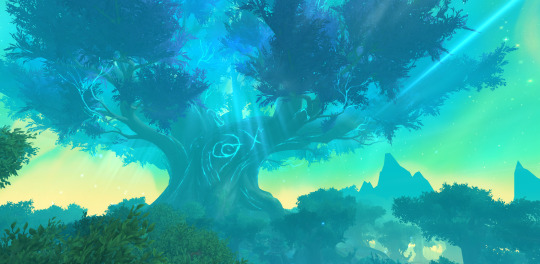
#world of warcraft#alchemy#roleplay#wowrp#warcraft#moonguard rp#wyrmrestaccord rp#classic alchemy#alliance#night elf#amirdrassil#kaldorei
24 notes
·
View notes
Text
on my fucking birthday no less, they're releasing the final farewell...

31 notes
·
View notes
Text
so interesting thing I'm thinking about currently. the reason I'm leaning toward being OK with the occult-esque imagery of certain details in FMA, but will (sadly) not be reading Dying Inside basically comes down to: Dying Inside is set in the real world, with real-life uses and implications of what's probably witchcraft. FMA is an alternate universe fantasy where the author drew on real-world historical alchemy and "magic circles" (unfortunately including some pentagram type imagery) to create the way the fictional, alternate universe things look. there's a big difference between the two
#like in FMA the alchemy shit is basically scientific with a kind of mystical bent to it bc souls and everything#but that isn't anything beyond or more iffy than typical fantasy stories of various sorts I don't think#it's not like. I don't think that world HAS an actual God or Satan yknow?? so they aren't like. summoning demons or anything#it's just... imagery. based in real world stuff that I may have an issue with yes. but in THAT FICTIONAL WORLD. it's imagery
28 notes
·
View notes
Text



Nova the Magi threw a bunch of random stuff in a cauldron to see what would happen. Experimentation is the first step to discovery, but is it worth the withdrawal?
#art#dinosaur#dinosaurs#fantasy#paleoart#oc#original comic#dinosaur art#afterearth#fantasy art#witch#witchcraft#witches#witchcore#witch aesthetic#witchy vibes#witchblr#wizard posting#wizardposting#wizard101#wizardblr#wizardblogging#wizardcore#wizard shit#wizarding world#magic#sorceress#alchemy#dragon#dragons
12 notes
·
View notes
Text
lowkey tempted to draw some fantasy life/mdzs au or smth idk ive been playing a lot of fantasy life and watching a lot of mdzs
#the jiangs r a magician family specialising in wind magic and lwj is a paladin btw.....#if u even CARE!#wwx loses his connection to the elemental spirits and therefore cant magic anymore and gets into alchemy#mingjue is a mercenary or blacksmith. probably mercenary bc it fits his weapon more but blacksmith works too. fuck it. multilifer.#huaisangs a tailor or an artist over in fucking faraway island#hunter wen ning alchemist wen qing......#wwx taking up the farmer life when hes in the burial mounds or should i say when he takes the wens to ginomorsia#ALTERNATIVELY! if this is FLi canon not FL3DS canon then might i add lwj as. the titular girl who stole tine.#OR WWX!#wwx as our eponymous girl who stole time & mo xuanyu as the travelling girl who inspired her.....#SOMEONE SEDATE ME#edit: im back. thinking again. xiyao r xernes & carla.#the concept of guangyao trying to reset the world bc a world without xichen in it is simply not one worth having....yeah yeha....yeah....#my wwx as [SPOILERS REDACTED] ponderings r making me wanna KMS because oughhhh my godddddd#manifestation of time...Stopping The proper flow of time....so that little travelling girl can continue her travels......and then being#punished for fucking with time & reincarnated as a human...that looks just like the girl.... as punishment....KILL MY ENTIRE SELF!#idk where lwj comes into this as a FLi npc tho#i can see him as a strangeling maybe or one of the life npcs. paladin life master perhaps#but idk out of the PLOT mains who he could be#jiang cheng is glen mingjue is frajeel#little apple is growler the dragon & trip can stay as he is bc trip needs no improvements
12 notes
·
View notes